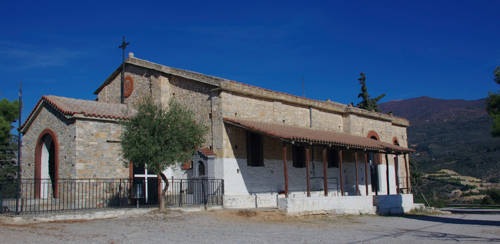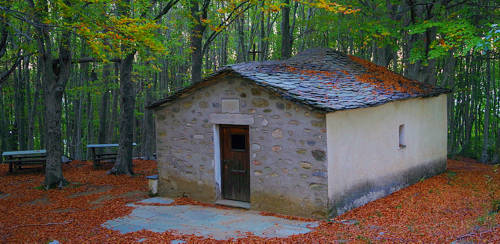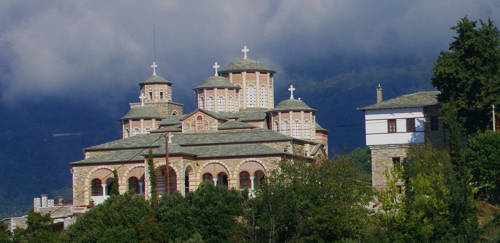Religious monuments of North Pelion
North Pelion
Monasteries and churches
Facing inevitably the same physical parameters as the inhabitation, the religious geography of North Pelion reflects the difficult integration of man in a landscape of many adversities and few opportunities.
The most important Religious monument of North Pelion is undoubtedly the Flamouri monastery, recently restored by a hardworking male community. Today, however, the monastery is deserted.
The Sourvia monastery has been also active in past periods, also deserted now for many years.
The Panagia monastery, near Fytoko, which was founded at the end of the 20th century, remains active.
Flamouri monastery
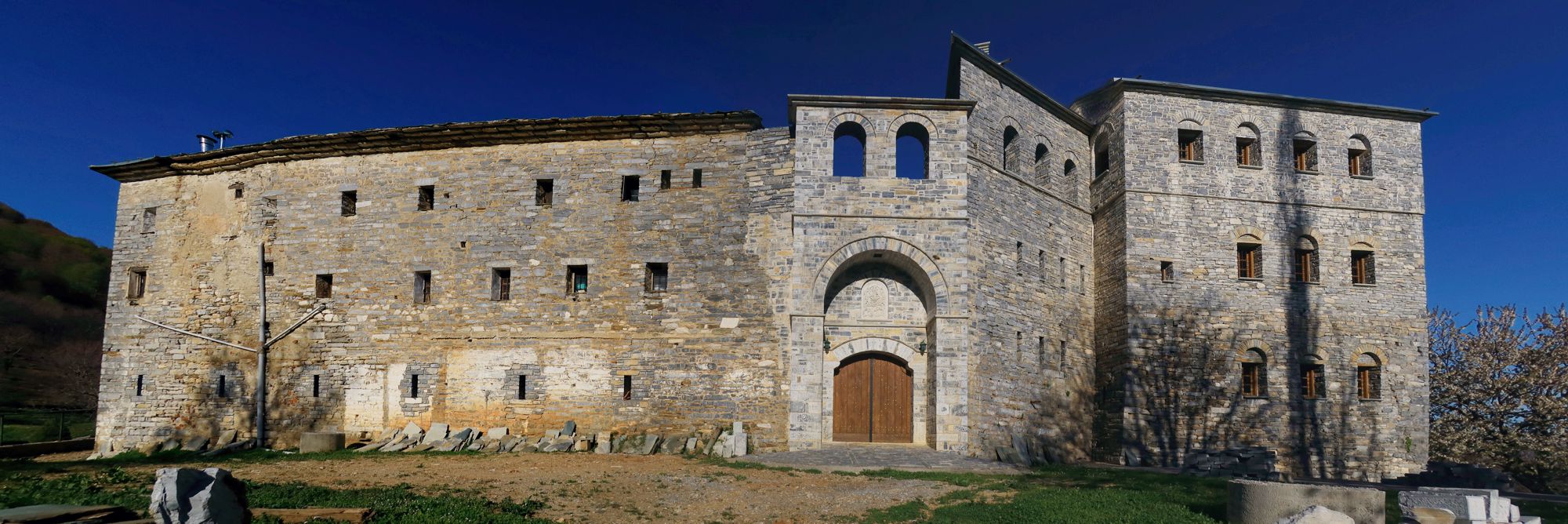
Click to enlarge
The Flamouri monastery was founded in the second half of 16th century and today it’s fully renovated.
Inside its very high fortified quadrangle walls the visitor can see the three-aisled basilica, dedicated to the Transfiguration of the Saviour. The area has many natural springs and it’s very fertile. Therefore, it’s one of the very few monasteries which is open even though there is no electricity and access to the a road. Following the tradition of Mt Athos, the access to women is strictly forbidden. The monastery celebrates on the 6th of August.
Sourvia monastery
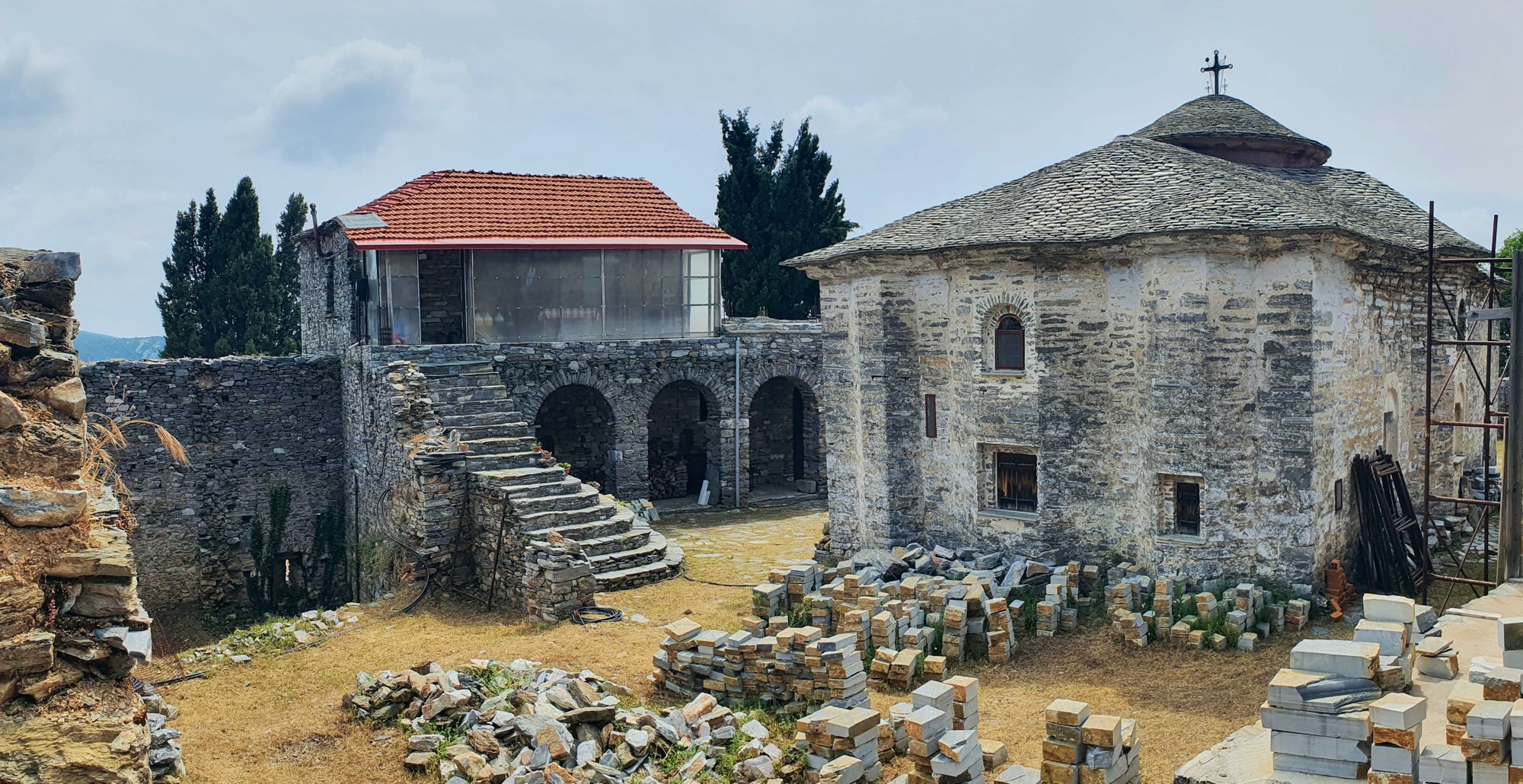
Click to enlarge
Sourvias monastery is a historical monastery built in the 16th century and it’s dedicated to the Holy Trinity. It’s the place where the first great battle between Thessalians and the Turks was given, in January 1878. After an epic fight and exodus of the rebels, the monastery was set on fire. During the WW II, the main residence was used as a print workshop.
Nowadays, the monastery belongs to the greater monastery Flamouriou and its renovation is under process.
Churches
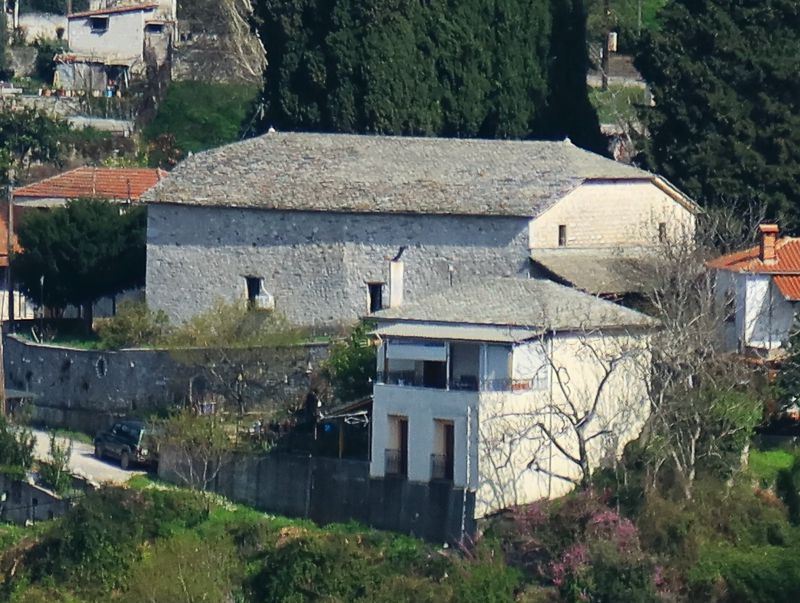
In North Pelion, all three usual types of churches can be found: katholikon or churches of abandoned monasteries, chapels of abandoned agricultural settlements and churches in or near the present day villages.
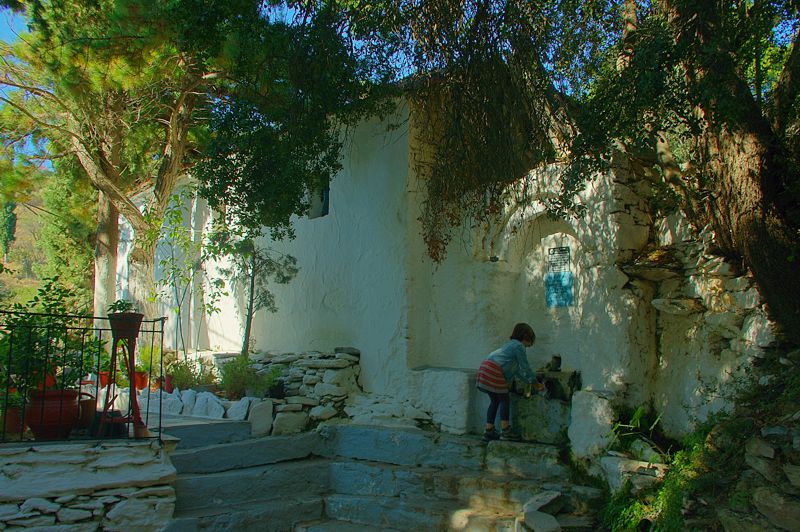
In Loutziko, the single-aisled church of Agios Ioannis Prodromos was related to the Agios Gerasimos monastery, located in Makrinitsa.
The large parish church of Kato Kerasia is dedicated to Agios Nikolaos, while in the deserted Pano Kerasia one can find the churches of Profitis Ilias and Agios Athanasios.
Between the two related villages of Kato and Pano Kerasia stretched an once bustling agricultural zone, which in its heyday was equipped with four chapels: Panagia, Agios Athanasios, Agios Panteleimon and Agios Ioannis.
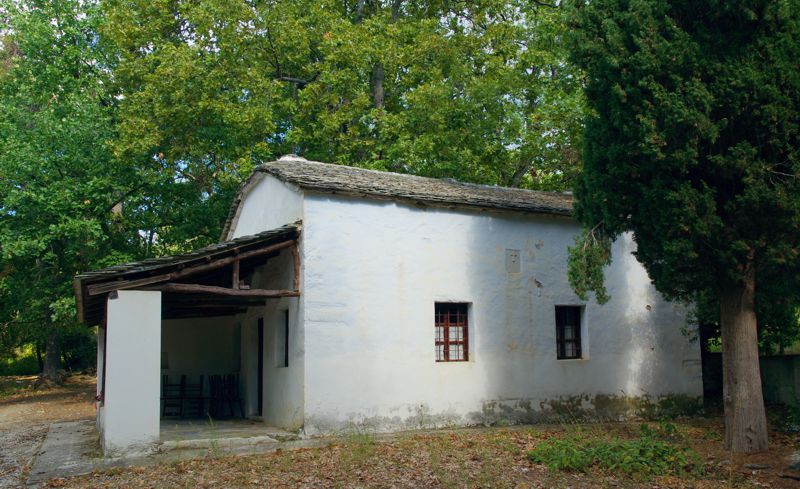
Alike Kerasia, Kanalia developed a more mountainous settlement, in the heart of the large oak forest of Mavrovouni. Ano Kanalia today is completely invisible and the only proof of its existence are the four churches that describe the territory of the former rural village: Agia Paraskevi, Agios Panteleimon, Sotira and the inevitable Prophitis Ilias.
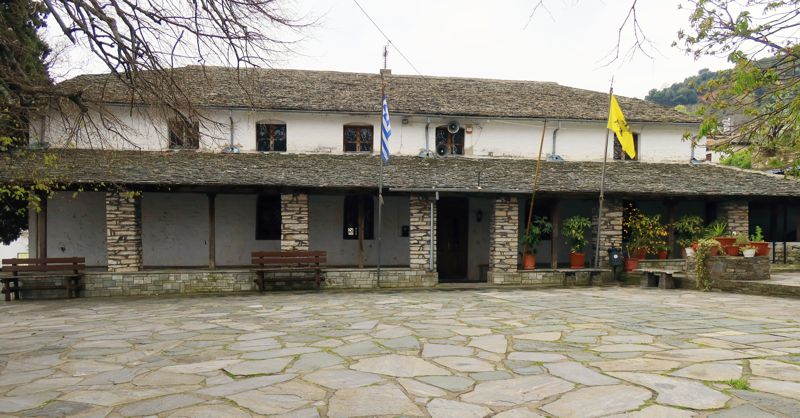
On the central square of Keramidi lies the church of Agios Georgios, while several old and newer churches can be spotted up to Kamari, the most noticable beaing the chapel of Agios Ioannis near the shoreline.
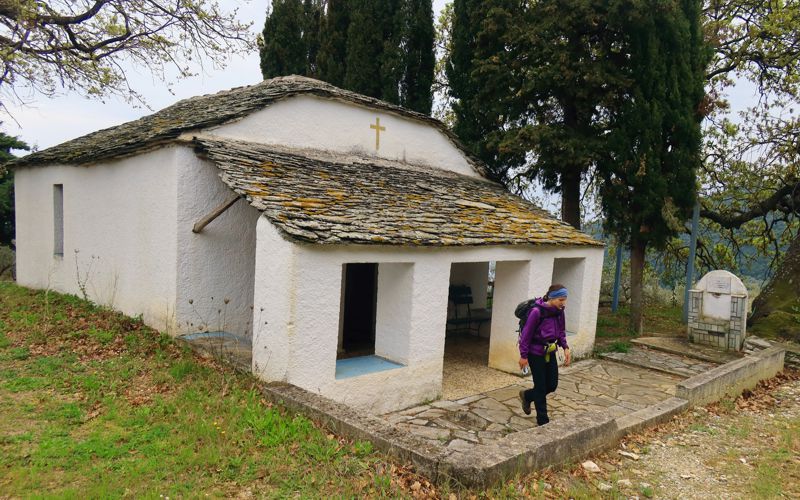
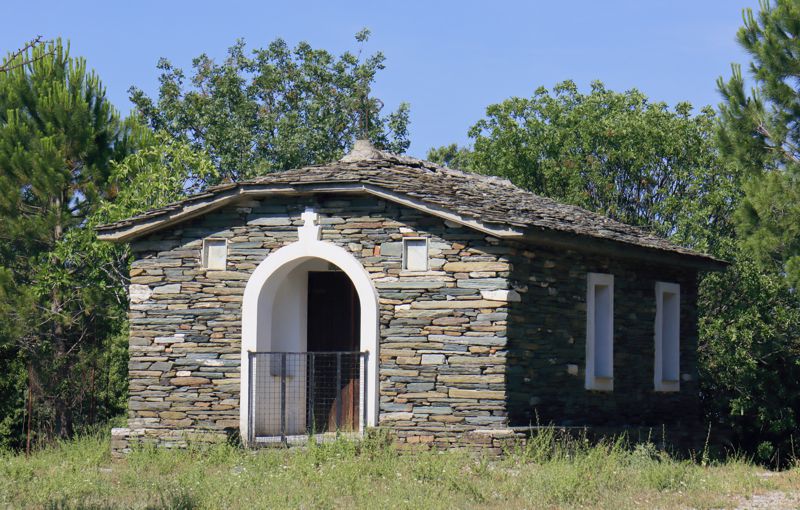
Text and photos: T. Adamakopoulos
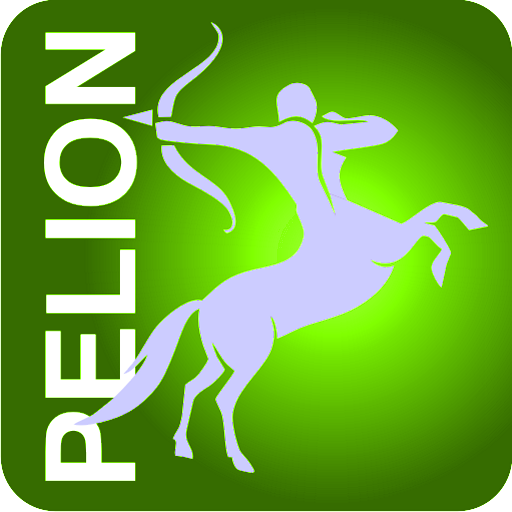
topoguide Greece
GUIDES TO MT PELION
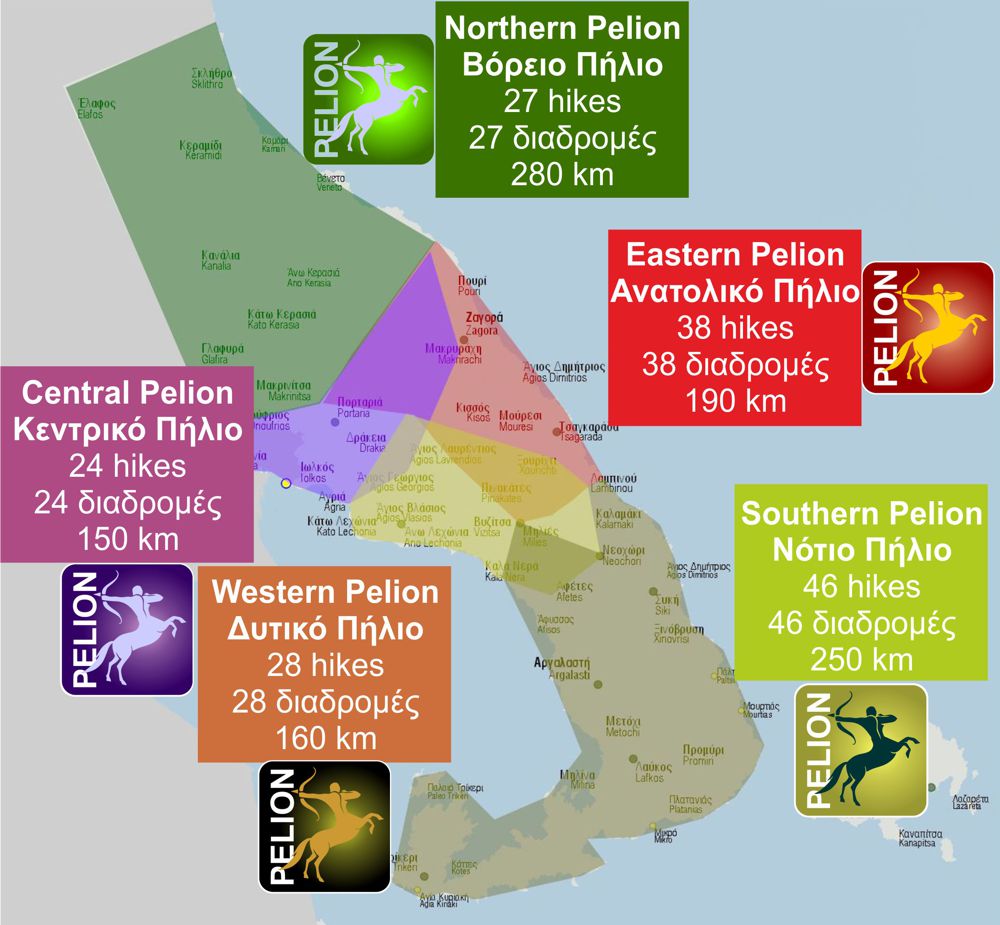
North Pelion topoguide is available for Android devices along with dozens of guides of other regions of Greece, within the hiking application topoguide Greece. Get North Pelion topoguide as an in-app purchase through the application.
North Pelion topoguide is also available for iOS (iPhone και iPad) devices within the hiking application Topoguide Greece. Get the North Pelion topoguide as an in-app purchase via the application.
North Pelion is a member of the Central Greece topoguides group.
It is very interesting that topoguide Greece has the ability to simultaneously display many areas, thus allowing the overall view of the detailed map of the whole of Mt Pelion and the easy alternation of the routes, the Points Of Interest and the dozens of pages of the guide with the countless photos.


